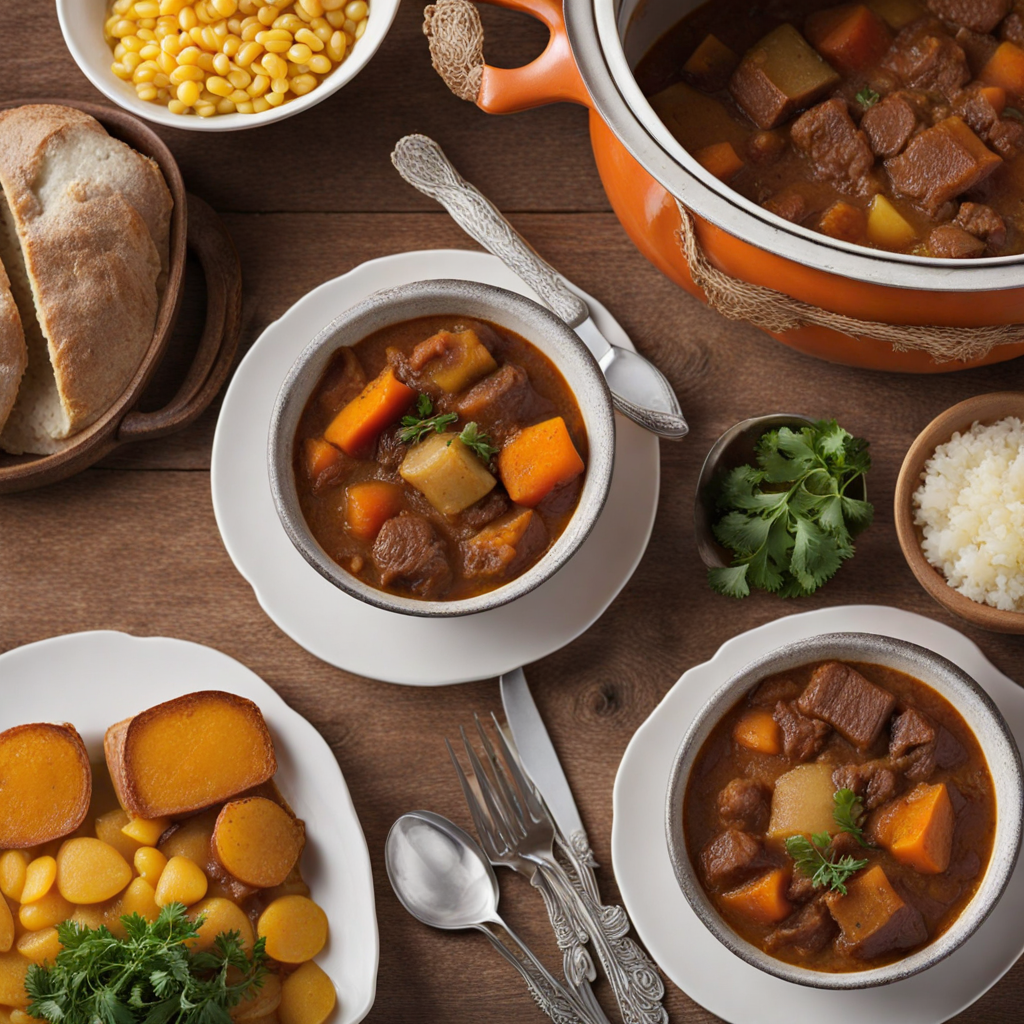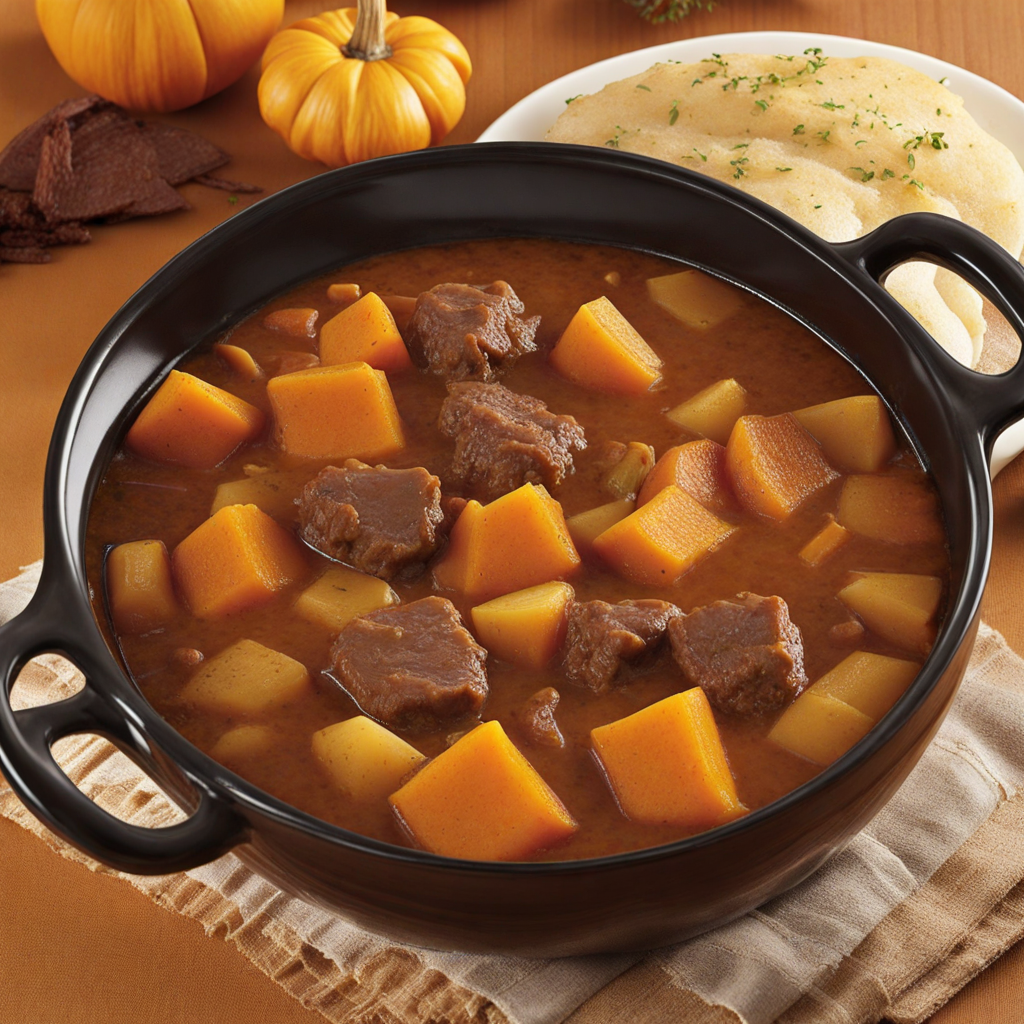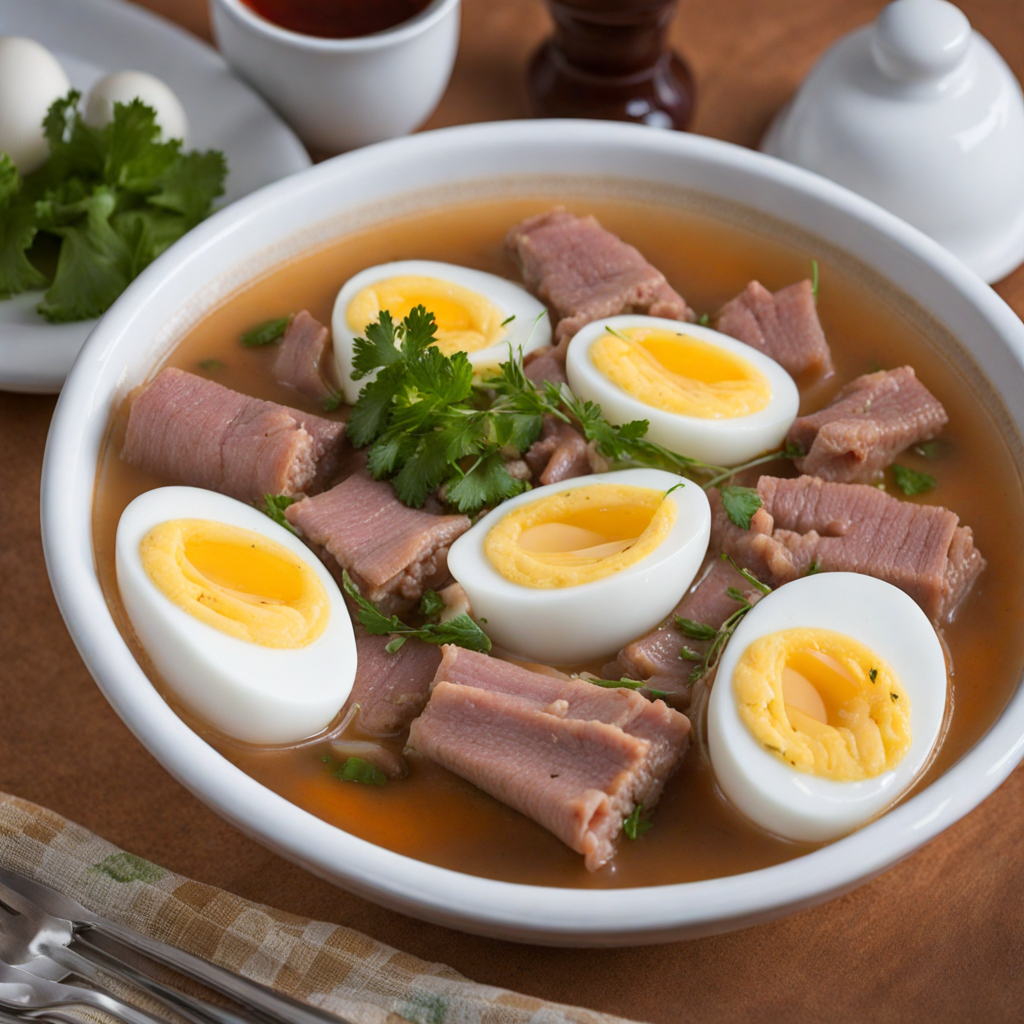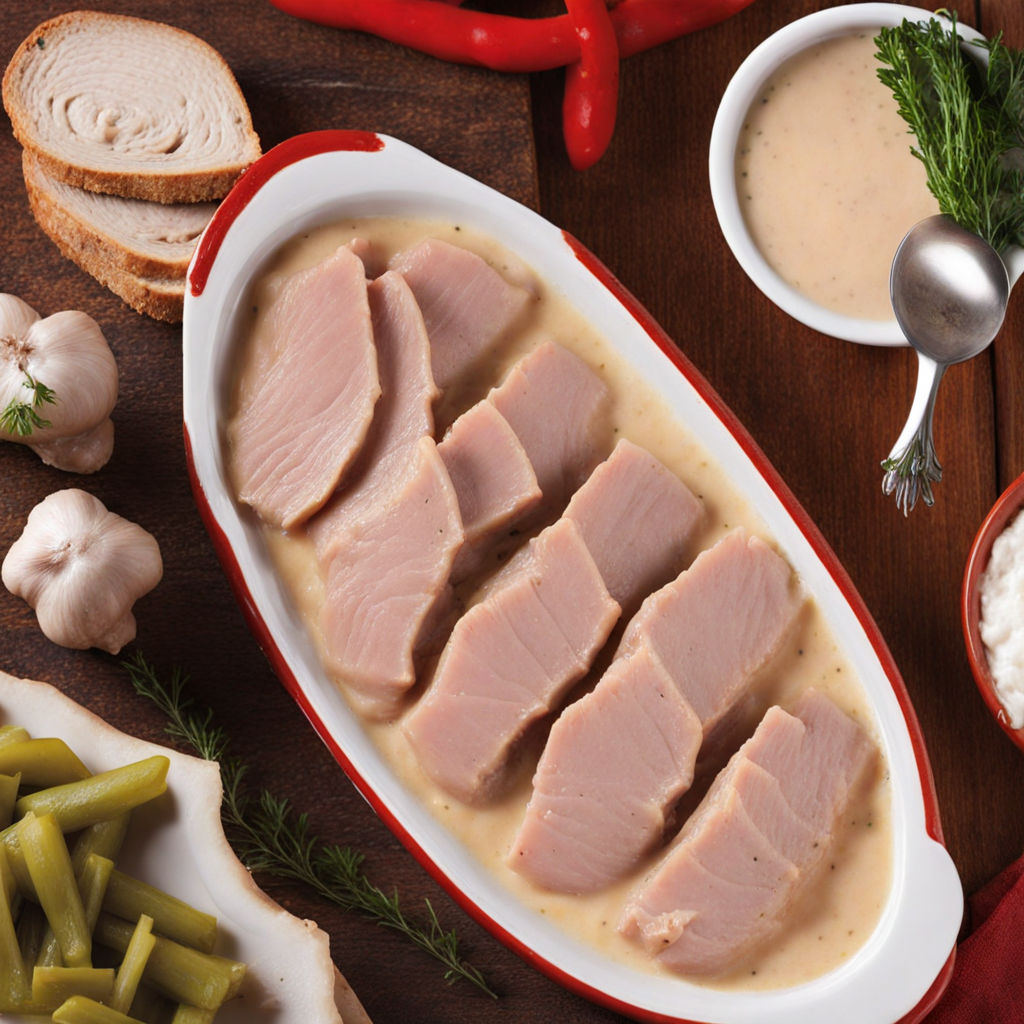Carbonada
Carbonada is a traditional Argentine dish that embodies the rich culinary heritage of the country. This hearty stew is typically made with tender pieces of beef, slow-cooked to achieve a melt-in-your-mouth texture. What sets carbonada apart is its unique combination of flavors, as it incorporates a medley of fresh vegetables such as potatoes, carrots, and bell peppers, all simmered together in a fragrant broth. The addition of seasonal ingredients, such as corn and squash, enhances the dish's comfort food appeal, making it a perfect choice for a cozy meal during colder months. One of the distinctive features of carbonada is its sweet notes, often achieved by incorporating fruits like peaches or apricots, which balance the savory flavors of the meat and vegetables. This sweet and savory interplay creates a complex taste profile that is both satisfying and intriguing. The dish is usually seasoned with a blend of herbs and spices, including bay leaves and paprika, which add depth to the overall flavor, making each bite a delightful experience. Typically served in a deep bowl and often accompanied by crusty bread, carbonada is not just a meal; it’s a communal experience that invites sharing and conversation. It reflects the warmth of Argentine hospitality, as families and friends gather around the table to enjoy this comforting dish. Whether you're discovering it for the first time or revisiting a beloved classic, carbonada offers a taste of Argentine culture that is both heartwarming and delicious.
How It Became This Dish
Origin of Carbonada Carbonada is a traditional Argentine stew that embodies the heart of the country’s culinary heritage. Its origins can be traced back to the fusion of Indigenous and Spanish influences in the region, particularly during the colonial period. The word "carbonada" derives from "carbon," referring to the charcoal used in cooking, which reflects the traditional methods of preparing this dish over an open flame. While it is difficult to pinpoint an exact date of its inception, the dish likely emerged in the 19th century, paralleling the rise of gaucho culture in the Pampas and the increasing availability of fresh ingredients. The primary components of carbonada include beef, potatoes, corn, and a variety of vegetables, often accompanied by a rich broth that adds depth and flavor. The use of local ingredients highlights the agricultural practices of the region, where livestock grazing and crop farming coexisted. The dish exemplifies a resourceful approach to cooking, utilizing what was readily available to create a hearty meal that could sustain laborers and families alike. \n\n Cultural Significance Carbonada holds a significant place in Argentine culture, especially in the context of family gatherings and communal meals. It is often prepared for special occasions, such as family reunions, holidays, and festivals, symbolizing warmth, hospitality, and togetherness. The dish is more than just sustenance; it represents the spirit of sharing and celebrating life with loved ones. As such, carbonada is frequently associated with the gaucho lifestyle, evoking images of pastoral landscapes, open fields, and the camaraderie of those who work the land. In the Argentine pampas, where cattle ranching is a way of life, carbonada serves as a culinary emblem of the gaucho’s rugged yet communal existence. The gauchos, known for their horsemanship and independence, would often prepare this stew during their travels or while working on estancias (ranches), showcasing the practicality and heartiness of the dish. The preparation of carbonada has become a ritual in itself, often involving storytelling and bonding among those who gather to cook and share the meal. \n\n Development Over Time As Argentina evolved through the 20th century, so did the preparation and presentation of carbonada. The dish adapted to changes in lifestyle, urbanization, and the increasing influence of global cuisines. While it remains rooted in tradition, modern iterations of carbonada have emerged, incorporating diverse ingredients and cooking techniques. For instance, contemporary cooks might introduce spices or herbs from other culinary traditions, reflecting the multicultural tapestry of Argentine society. The classic recipe often includes ingredients like pumpkin or sweet potatoes, which add a unique sweetness to the stew. Regional variations have also sprouted, with different provinces showcasing their local produce and flavors. In the northern regions, for example, the addition of quinoa or different types of beans can be found, while in Patagonia, lamb might replace beef, emphasizing the diversity of Argentina's culinary landscape. \n\n Festivals and Celebrations In recent years, carbonada has been celebrated in various food festivals and events throughout Argentina. One notable event is the "Fiesta Nacional de la Carbonada" held in the province of Mendoza, which showcases regional chefs and their unique takes on the dish. These festivals not only highlight carbonada’s culinary significance but also promote local ingredients, sustainable farming practices, and the importance of preserving traditional recipes. Such celebrations serve to educate younger generations about their culinary heritage and encourage them to engage with their cultural roots. As the world becomes increasingly globalized, events centered around traditional dishes like carbonada offer a sense of identity and continuity amidst change. They reinforce the idea that food is not just about nourishment but also about storytelling and connection to one’s heritage. \n\n Carbonada in Argentine Cuisine Today Today, carbonada continues to be an integral part of Argentine cuisine, often appearing on menus in traditional restaurants and modern eateries alike. Chefs take pride in presenting their interpretations of the dish, incorporating local and seasonal ingredients while honoring the traditional preparation methods. The stew is typically served with crusty bread, which is perfect for soaking up the rich broth, and is often accompanied by a glass of Malbec, Argentina’s famed red wine. The dish has also gained recognition beyond Argentine borders, with food enthusiasts around the world discovering the robust flavors and heartwarming essence of carbonada. Its adaptability makes it a fitting candidate for various dining experiences, from casual family meals to elegant dining settings, reflecting the versatility of Argentine cuisine as a whole. \n\n Conclusion In summary, carbonada is not merely a dish; it is a representation of Argentina’s cultural identity and culinary history. Rooted in the traditions of the gauchos and the Indigenous peoples of the region, it has evolved over time while maintaining its essence. As Argentina continues to develop its culinary scene, carbonada stands as a testament to the importance of food in forging connections among people, celebrating heritage, and nourishing the body and soul. Its ongoing relevance in both traditional and contemporary contexts ensures that this hearty stew will remain a cherished part of Argentine culture for generations to come.
You may like
Discover local flavors from Argentina







